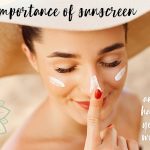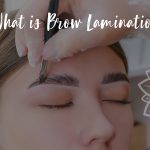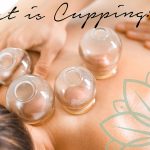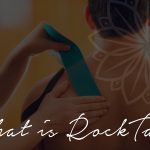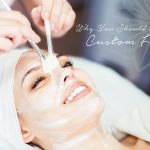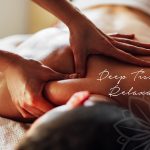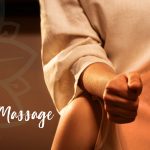We’ve been told to wear sunscreen during the summer months to avoid sunburns and skin damage, but really we should be wearing it year-round as a preventive health measure! No matter your skin color or tone, you should be wearing sunscreen.
Sunscreen actually dates to ancient Egypt times, where they would use rice bran extract and jasmine to help shield their skin from the sun. In 1936, chemists invented the first commercial sunscreen, and it has been improved upon ever since. Modern sunscreens are water resistant and are included in many cosmetics and beauty products (primers, foundations, serums, and creams).
Did you know that even on cloudy or snowy days you should wear sunscreen? Up to 80 percent of the sun’s rays can pass through clouds, if you assume it is OK to forgo protection on an overcast day, think again. Snow can reflect up to 80 percent of ultraviolet (UV) rays, increasing your risk of expose to sun damage.
There are two major ways that sun exposure can damage your skin’s health; ultraviolet A (UVA) radiation which speeds up the aging process in your skin and ultraviolet B (UVB) radiation which burns your skin cells. The UV rays from the sun can reach your skin not only when you are outside but even when you are inside your home or car through the windows.
“Your skin has its natural defense mechanism to protect your skin from UV radiation at a certain level. But it is insufficient to shield your skin cells from excessive sun exposure, which can result in long-term skin concerns such as age spots, wrinkles, pigmentation, sagging skin, roughness, darkening, and others,” says Dr. Zeel Gandhi, Chief Ayurvedic Doctor at Vedix.
Let’s dive into some of those things that happen to your skin when you do not wear sunscreen:
- Sun Burns – Your skin may develop mild to severe sunburns which appear as red, hot, painful patches on skin with blisters.
- Dry Skin – Direct sun exposure on your skin causes loss of moisture and natural oils from your skin. Leading to dehydration and your skin eventually develops dry, rough patches in the affected areas.
- Sunspots – Or aging spots occur when your skin is exposed to sunlight for a long time. Usually associated with itching, burning sensation, and tenderness.
- Premature Aging – UV radiation can damage the collagen and connective tissue in your skin, leading to loss of elasticity in your skin, causing wrinkles, saggy and aged skin to appear in younger people.
- Darkening of Skin – Melanin in excessive amounts produced in your skin as part of its natural defense. This leaves your skin with dark patches and uneven tone.
- Skin Cancer – Irreparable DNA damage from UV radiation can generate a gene mutation which can eventually trigger cancer in your skin.
It is recommend to reapply sunscreen every 2-3 hours. Most people think apply sunscreen with more SPF makes it last longer and ignore the reapplication. But this is a myth.
It is better to use a sunscreen with SPF 30 to 50 and reapply it every 2 hours throughout the day, especially when you are outside. TIP: It takes a minimum of half an hour for your skin to absorb the sunscreen. So, it is better to plan ahead and apply the sunscreen at least 30 minutes before you step outside.
Closely pay attention to your skin, if you notice any new mole, freckle, or brown spot, seek medical attention immediately. If the spot does not heal or turns into an unusual lesion as it can be an early sign of melanoma.
Sunscreen is an important preventive health care habit that should be maintained all year, including cloudy days and winter months. If you find your self with damaged skin from UV exposure, come see us at Precision Wellness. Our amazing estheticians may be able to help reduce some of the signs of damaged skin.

